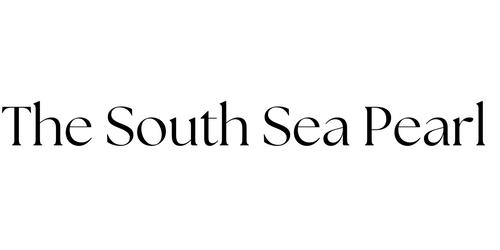Hi there, welcome to The South Sea Pearl and our guide to Tahitian pearls for beginners. If you are intrigued by the allure of these lustrous gems from French Polynesia, you have come to the right place. Tahitian pearls, also known as Tahiti black pearls, are treasures from the pristine waters that surround the beautiful island of Tahiti. Let's delve into the world of these exquisite black Tahitian pearls together.
The South Sea Pearl Blog
-
July 09, 2024
-
July 08, 2024
The Ultimate Guide: How Tahitian Pearls are Cultivated
Welcome to the enchanting world of Tahitian pearls, nestled within the pristine waters of French Polynesia. The allure of Tahitian pearls, often referred to as "Tahiti black pearls," transcends borders with their mysterious beauty and exceptional quality. In this comprehensive guide, we delve into the intricate process of how Tahitian pearls are cultivated, from the nurturing of the oysters to the harvesting of these lustrous gems.
-
July 07, 2024
The Stunning History of Tahitian Pearls
Tahitian pearls, also known as black pearls, are some of the most mesmerizing gems in the world. Their lustrous appearance and unique beauty make them a sought-after choice for jewelry enthusiasts worldwide. But, do you know the captivating history behind these exquisite Tahitian pearls?
-
July 06, 2024
Tahitian Pearls: An Investment Worth Making for Your Jewelry Collection
When it comes to exquisite jewelry, Tahitian pearls stand out as a timeless and elegant choice. Originating from the idyllic French Polynesia, these rare gems, also known as Tahiti pearls or black Tahitian pearls, have captured the hearts of jewelry connoisseurs worldwide. Their unique dark hues and lustrous surfaces make them a coveted addition to any jewelry collection.




